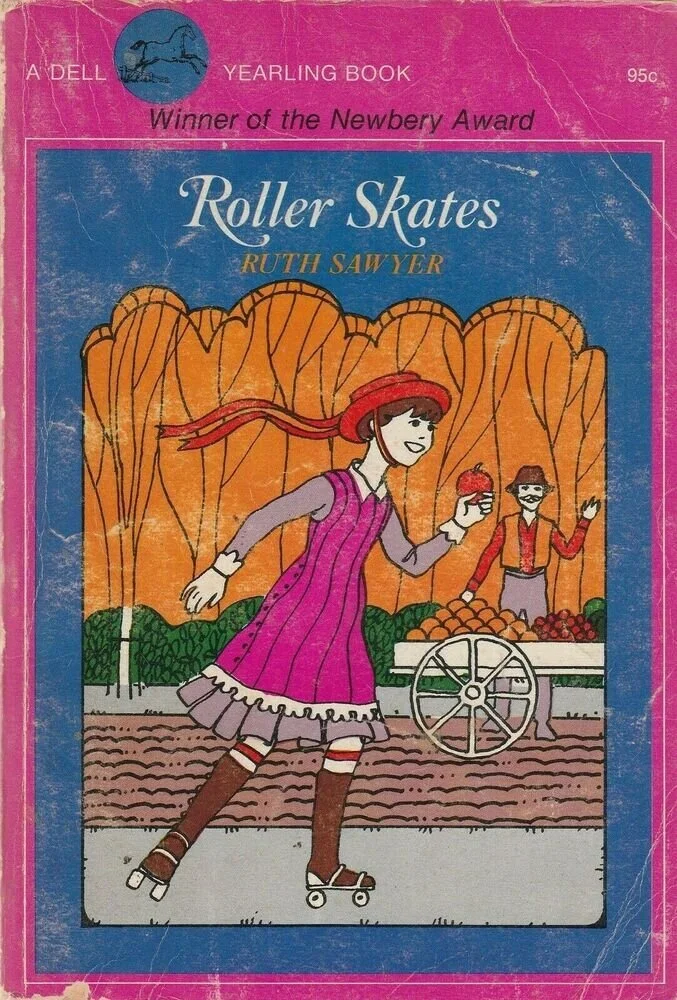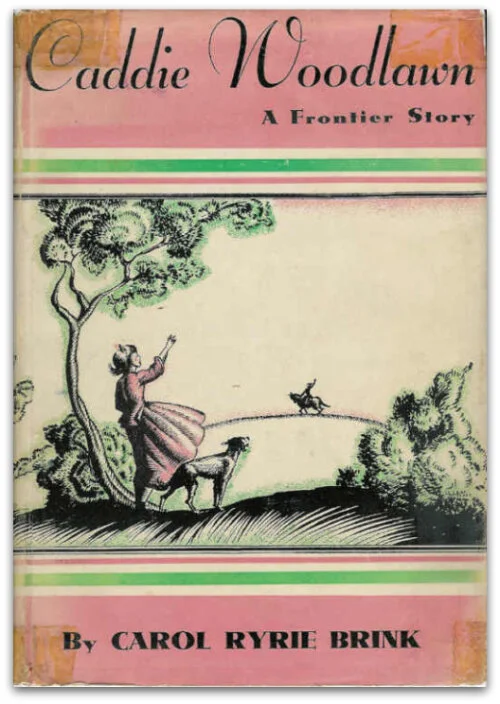Roller Skates (1937)
Children’s entertainment entered the modern age in 1937. The release of Disney’s Snow White and the Seven Dwarfs, the first-ever animated feature film, represented a tectonic shift in the medium, its impact so immediate and widespread that it’s hard to conceive of in the 21st Century. Even today, Snow White is among the ten highest grossing films in North America of all-time when adjusted for inflation. Everybody saw it, and a lot of them saw it several times. It’s impossible to overstate the impact that film had on American culture at large in the following 50 years, or even up to the present. (Mention “Disneyland” or sing the opening bars of “Let it Go” in a preschool today and tell me what happens.) While the Disney brand predates 1937, Snow White marks its beginning as the cultural behemoth we know today.
And yet, people still had to go somewhere to watch movies in 1937. Without TVs, movies were destination-only events. All that to say, books were still the thing that kids could pick up at home to entertain themselves, not yet competing with ubiquitous screens. That would change in just a couple of decades, but Roller Skates still had a fighting chance to connect with more kids than not. The Great Depression was winding down, and Europe hadn’t yet descended into the chaos of World War II. Roller Skates reflects that moment of global transition in some interesting ways, representative of its time while also asking deeper questions that our country continues to wrestle with 85 years later.
The premise: ten year-old Lucinda gets an unsupervised gap year in New York City while her parents go off to Italy by themselves. Referring to it as her “orphanage”, she stays at a boarding house and gets to explore sides of the city that she never would’ve been allowed to visit before. There are some surface-level similarities to Caddie Woodlawn (both characters are tomboys with a rebellious streak, both books are nostalgia-soaked semi-autobiographical accounts of the authors’ childhoods), but the two couldn’t be more different in which aspects of American life they portray, or the conclusions they reach about “others”.
What’s most interesting about Ruth Sawyer’s book is that Lucinda, born into an ultra-rich family and largely sheltered by her privilege, is suddenly exposed to how the rest of the people in the city live their lives. In Caddie Woodlawn, that exposure was used to enforce truly revolting stereotypes about Native Americans, but in Roller Skates, we’re given a much more compassionate guide. Lucinda’s best friend is a first-generation Italian immigrant, a progressive choice at a time when Italians faced widespread discrimination in the US. Her other friends—an Irish cab driver, a Turkish “princess”, a homeless bottle collector—are all people the adults in her life are wary of, and yet Sawyer uses Lucinda to show the humanity in each of them, to set an example of finding commonality where most people find judgement. There are some problematic bits here and there, but by and large, it’s jarring at how accepting this book is after the winners that came before it.
It’s also a pretty explicit look at how Lucinda develops an awareness of class structures. Most everyone she encounters offends her uppity Aunt Emily because of their low social status, whether because of their race, socioeconomic status, or line of work. Lucinda openly questions why people care about such trivial things, but she also comes to understand the invisible role money and privilege have played in her life. A family who lives in her building is so poor that they can’t afford to call a doctor when their young daughter falls ill. Eventually, Lucinda convinces her own family doctor to visit the child, but by the time he gets there, it’s too late—the child dies. It’s a heartbreaking sequence, made especially so by Lucinda’s realization that something like that never could have happened to her, because her family has money. What other children’s books had characters openly grappling with the morality of capitalism in the 1930s?
Roller Skates also stands out because of its endearing look backward in time. In 1937, the 1890s must have looked simply primeval. Ruth Sawyer was born into a world without cars or motion pictures; by the time she died, man had walked on the moon. It’s mind-boggling to think how much industrialization changed the world within just a couple of decades, and you can tell by the way Sawyer recalls her memories that she misses those simpler times. Could you imagine a ten year-old these days getting to run through Central Park on their own? Or even leaving your kid at a boarding house for a year while you escape to Europe? These experiences were formative in Sawyer’s life, but by 1937, she realized that most kids would never get to have them. That mournfulness presents itself in shocking ways at the end of the book, but it’s rendered tenderly enough to make readers wistful for their own childhoods.
Roller Skates isn’t enthralling by any means, but like the best of the Newbery winners so far, it’s got a mild charm of its own. It’s a window into a world since past at a time when the world as we know it was about to emerge, and a lovingly rendered one at that.



